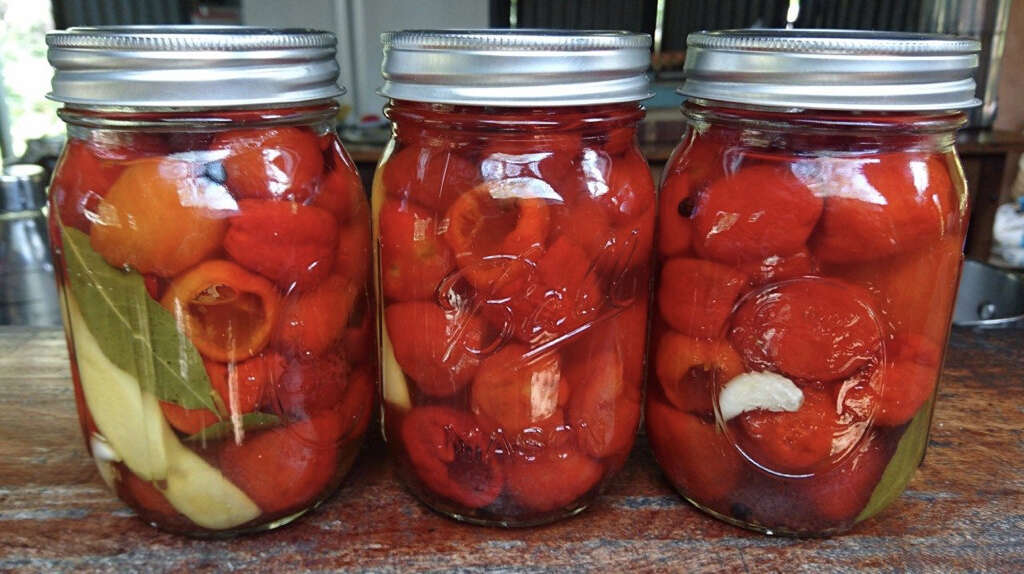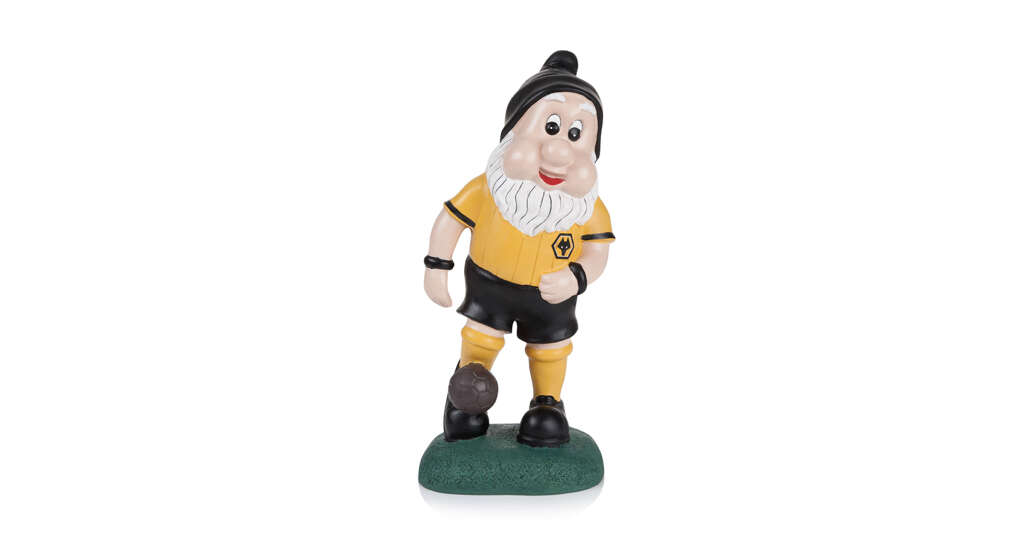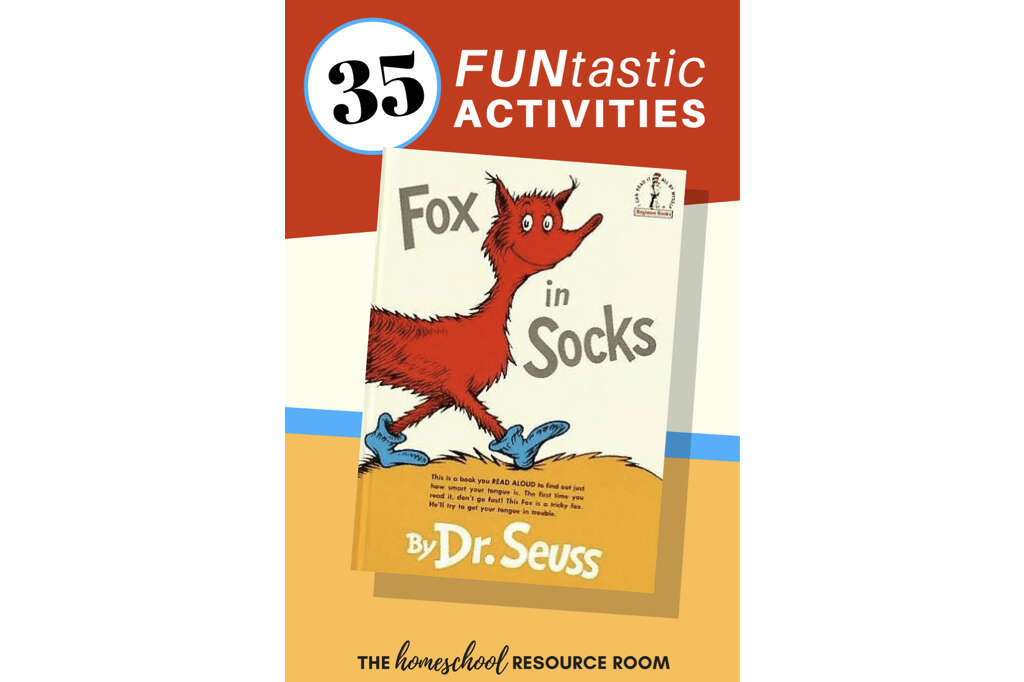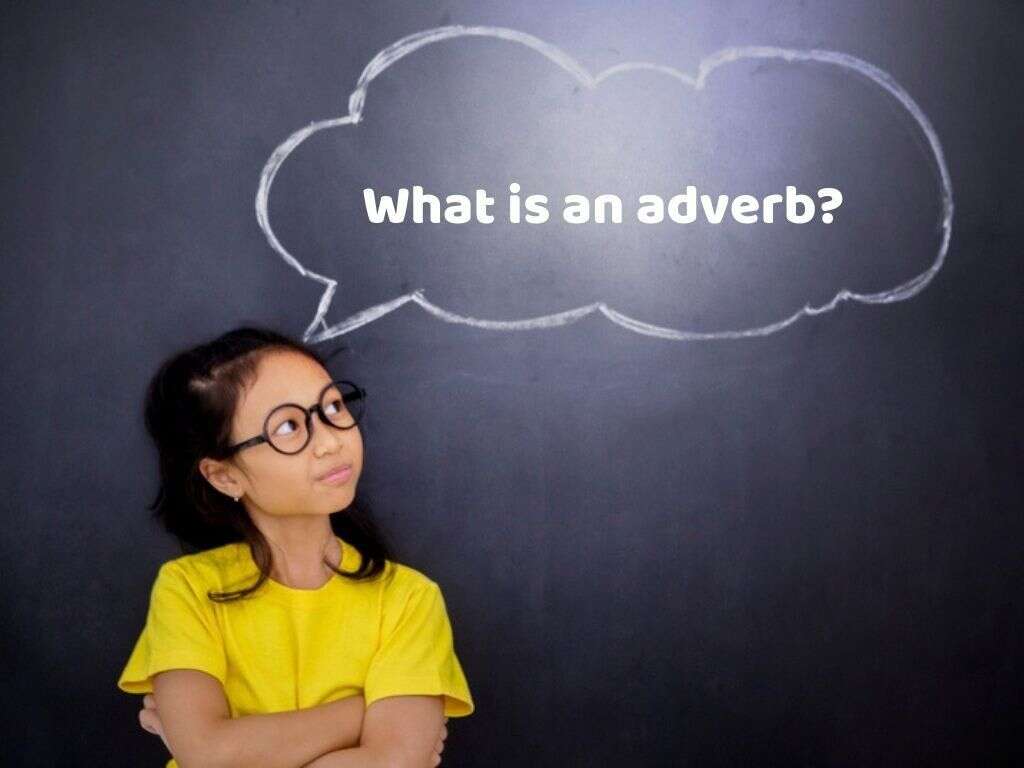What Is Alliteration?
Alliteration refers to the close grouping together of a series of words that have the same first consonant sound. Its use is common where the first letter in a string of words is visibly repeated, giving a rhythmic pattern. It, however, can also be seen where the spelling of the consonants is dissimilar, but the sound of the words is similar.
This stylistic device is often applied in poetry, but can also be found in other literary writing such as in marketing slogans and famous sayings. Alliteration can also often be used as a tongue twister that adds an element of fun intending to cause someone to trip up when repeating a phrase quickly. Here’s some popular alliterations that have been used in poetry, rhymes, and common sayings.

1. She Sells Seashells by the Seashore
This is the title to and first line of lyrics to a popular children’s nursery rhyme. This tongue twister makes generous use of words starting with “s” throughout the entire rhyme. Some of the often-repeated words include seashore, seashells, sells, and she, in varied arrangements to make coherent sentences. It is an entertaining rhyme that is often sung to help children, and even adults, work on their enunciation. Enunciation refers to the correct sounding out or pronunciation of words. Repeating the same sounding words in different orders also helps to encourage focus and memorization. It is often considered a feat to be able to recite the entire rhyme without making a mistake.

2. Peter Piper Picked a Peck of Pickled Peppers
This is the first line to another popular English nursery rhyme titled Peter Piper. It makes repeated use of the consonant “p.” The most used words include Peter Piper, picked, peck, pickled, and peppers. The words are rearranged in each line to produce an intelligible sentence that is challenging to sound out quickly.
The final line to the verses ends in a question. Reading out or reciting the entire rhyme correctly from start to finish takes considerable concentration to get the sequence of words out correctly. It is a fun literary tool for working on enunciation and memory of children, and those in speech therapy.

3. Pitter-Patter
“I can hear the pitter-patter of little feet.” Making repeated use of the consonant “p” at the beginning and “t” in the middle of the words, this phrase is often used to refer to a series of light knocking sounds. In the context of this example, it is used to describe the sound of children running.
How the sound of their feet can be heard moving on the ground as they move around is what gives rise to the pitter-patter. This phrase can be used to also reference other repetitive rhythms like rain falling on a roof or pavement, and a person’s heartbeat.

4. Good as Gold
“Her children could be relied upon to be as good as gold.” The phrase makes use of the consonant “g” to give it a rhythmic pattern. This alliterative idiom is often used to describe exemplary behavior. In this example, it emphasizes that the children could be guaranteed to be well-behaved.
It gives a positive spin on the person being referred to. Gold has long been considered a valuable metal and this worthwhile nature helps relate it to goodness or genuineness. When it was used as currency, its intrinsic value made it better trusted than banknotes, hence it was considered a more genuine form of payment. Therefore, nothing was as good as gold.

5. Busy as a Bee
“She is always as busy as a bee around the holidays.” The repetition of “b” is what makes this an alliterative saying. In the insect world, bees are known to be hard workers. From pollinating flowers to making honey, and protecting their hives, there is much that these creatures get up to.
Anytime you see a bee buzzing around, there is usually a purpose to it. This phrase is used to describe the busy and active nature of a person. In the sentence example, it stresses that the holiday period is one in which the person can be expected to be occupied with many activities.

6. Bed Bath & Beyond
This is a good example of how alliteration is used to create a catchy name to a business and helps to make a brand easily memorable. Using the consonant “b,” this company sets a good rhythm with their choice of a business name that is not only easy and fun to say but also makes a good reference to the variety of products they sell.
Their use of “bed” and “bath” places a strong focus on the mostly domestic merchandise they offer. The term “beyond” just emphasizes that there are even more goodies for customers to check out. The companys slogan of “Everything to Entertain” is also in keeping with this style.

7. Coca-Cola
Easily one of the most recognizable brands around the world, Coca-Cola is both a company and a beverage that is easy to remember. Containing the repeated “co,” this brand name makes good use of cola to indicate its main product offering of the beverage and coca to identify the type of leaves that were then being used in its flavoring.
Using two-syllable words makes this name all the easier to master, no matter what language is being spoken in the country the product is introduced to. Other companies that have applied similar strategies in naming themselves include PayPal and Dunkin Donuts.

8. The Gnome, The Gnat, & The Gnu
In this title to a children’s poem by Shel Silverstein, “gn” is fancifully used as a lure to spark the interest of younger readers. Through much of the poem, liberal and sometimes grammatically incorrect use of “gn” is used. Some of these words include gnome, gnat, gnu, gnasty, gnodded, gnarled gnew, and gnice.
The poem describes the conversation between the storyteller who encounters a gnome hitting a gnat. Altering some of the spelling of the words to incorporate more use of “gn,” it results in a whimsical poem that makes use of features that appeal to younger audiences - animals and mischievous behavior.

9. Fox in Socks
Though the spelling of this Dr. Seuss book is not reflective of alliteration, sounding out the words demonstrates how similar sounding the end of the words “fox” and “socks” are. The book also has many examples of alliteration with lines such as “Luke Lick likes lakes” and “Six sick bricks tick.”
These many rhythmic tongue twisters are used to describe the interactions between the two main characters, whose names Fox and Knox illustrate consonance as well. The Fox character seems to take great pleasure in using alliterations to confuse Knox, who ultimately imprisons him in a bottle and ends the tale with his own tongue twister.

10. Donald Duck
The name of this famous cartoon character is just one of many alliterations that Disney has used in its creative world to attract the interest of children. The repeated use of “d” in both names makes the character easy to remember, which is useful when targeting a much younger audience.
Other popular cartoon characters, some of whom often appear together, with alliterative names include Mickey Mouse, Minnie Mouse, Daisy Duck, and Peter Pan. Outside of Disney, you may also recognize other cartoon favorites like Bugs Bunny, Porky Pig, and SpongeBob SquarePants. Clearly, repetitiveness and fun-sounding words are a strong draw for young ones who quickly grasp these catchy names.












